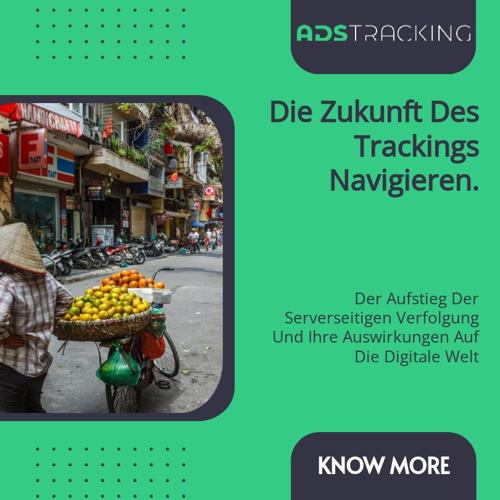April 07, 2023 · 20 MIN READ · 259475 VIEWS

Datenschutzkonformes Tracking: Warum Server Side Tracking die Lösung für die DSGVO ist
Erfahren Sie, wie Server Side Tracking Unternehmen dabei hilft, die DSGVO-Anforderungen zu erfüllen, genauere Daten zu erhalten und die Website-Performance zu verbessern.
Zuletzt aktualisiert: November 05, 2025
 ADS-Tracking Team
ADS-Tracking Team💬 Haben Sie Fragen oder benötigen Unterstützung?
Wir sind hier, um Ihnen zu helfen!
Möchten Sie mehr über die Verbesserung Ihrer Datenqualität erfahren? Unsere Experten stehen bereit, um Ihre Fragen zu beantworten und Ihnen zu helfen, Ihre Datenstrategien zu optimieren.
Kontaktieren Sie uns
Unsere Unterstützung ist nur einen Klick entfernt! ✨